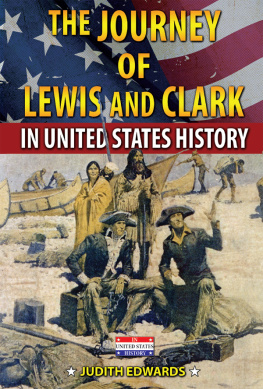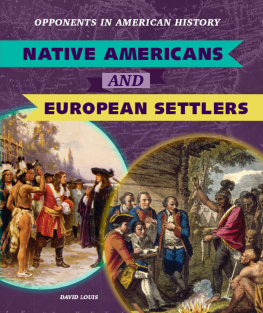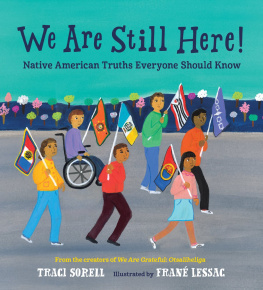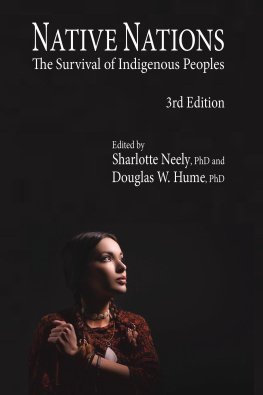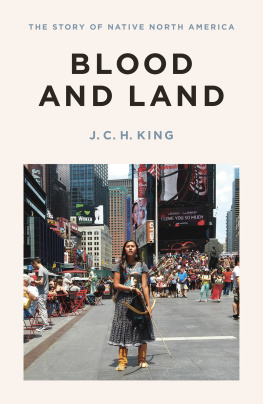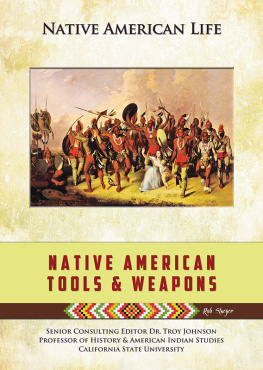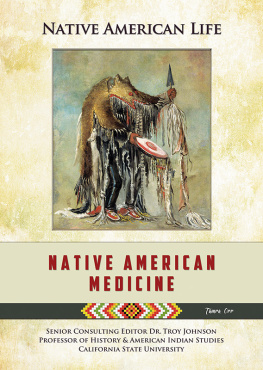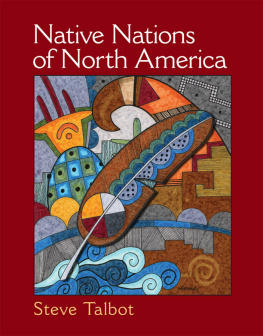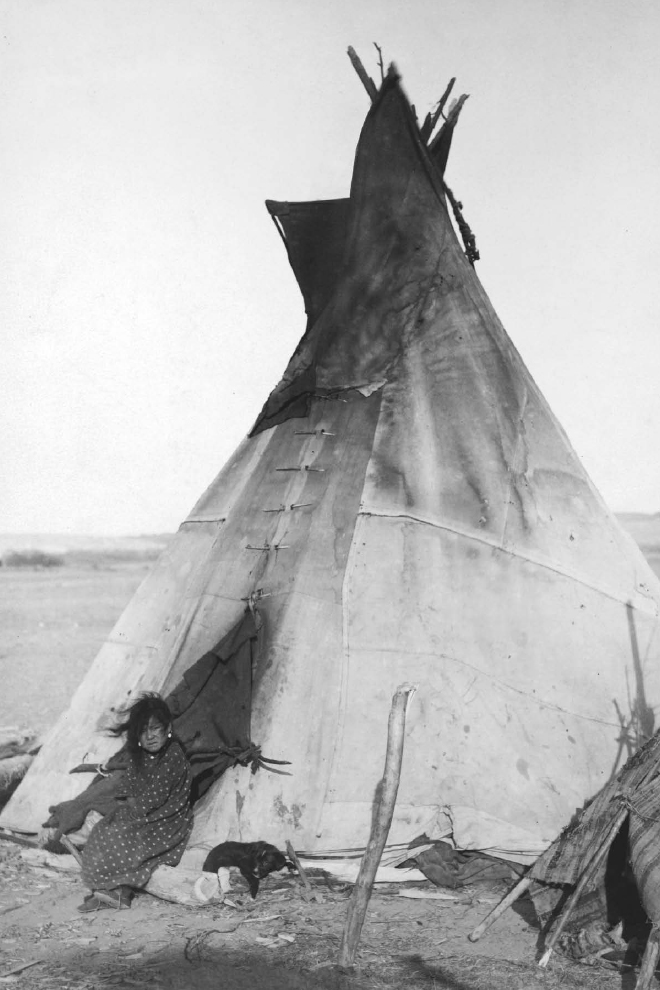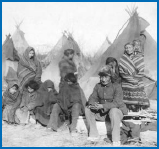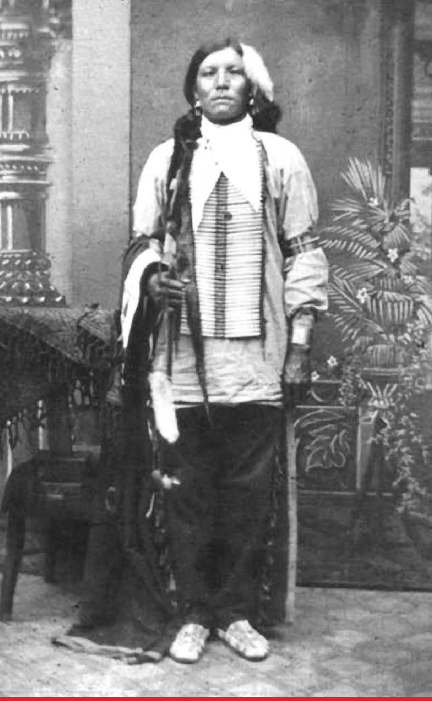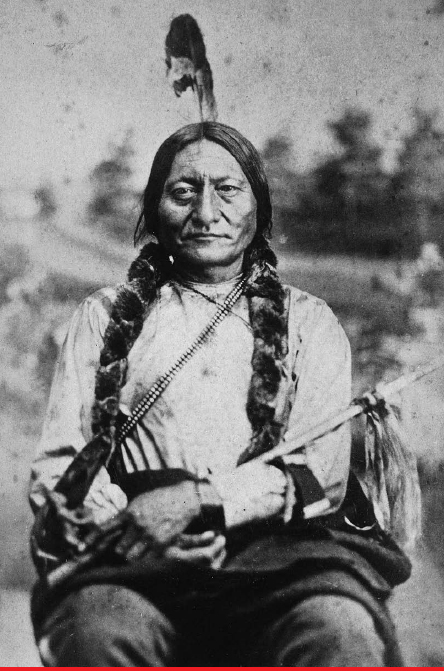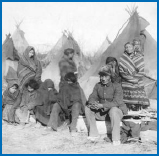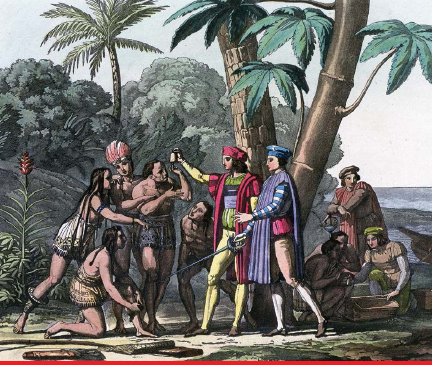Published in 2016 by Enslow Publishing, LLC
101 W. 23rd Street, Suite 240, New York, NY 10011
Copyright 2016 by Judith Edwards
Enslow Publishing materials copyright 2016 by Enslow Publishing, LLC
All rights reserved.
No part of this book may be reproduced by any means without the written permission of the publisher.
Cataloging-in-Publication Data
Petrikowski, Nicki Peter.
The relocation of native peoples of North America / by Nicki Peter Petrikowski and Judith Edwards.
p. cm. (Our shared history)
Includes bibliographical references and index.
ISBN 978-0-7660-7012-7 (library binding)
1. Indians of North America Relocation Juvenile literature. 2. Indian reservations Juvenile literature. 3. Indians of North America Government relations Juvenile literature.
I. Petrikowski, Nicki Peter. II. Edwards, Judith. III. Title.
E98.R4 P48 2016
323.1197d23
Printed in the United States of America
To Our Readers: We have done our best to make sure all Web Site addresses in this book were active and appropriate when we went to press. However, the author and the publisher have no control over and assume no liability for the material available on those Web sites or any Web sites they may link to. Any comments or suggestions can be sent by e-mail to .
Portions of this book originally appeared in the book The History of the American Indians and the Reservation.
Photo Credits: Alfred Jacob Miller/WikimediaCommons/The Trappers Bride.jpg/public domain, p..
Cover Photo: Rinehart/Buyenlarge/GettyImages (Sauk Family); ilolab/Shutterstock.com(textured background).
CONTENTS
Chapter 1 Resistance Against Reservations
Chapter 2 The Coming of the Europeans
Chapter 3 The Loss of Freedom
Chapter 4 Supplanting the Natives
Chapter 5 Pushing Westward and Northward
Chapter 6 Armed Conflict
Chapter 7 Indian Suffering
Chapter 8 Forced Assimilation
Chapter 9 Buyout of Indian Land
Chapter 10 Steps Toward Multiculturalism
Chapter 11 Political Movements
Chapter 12 Reservations Today
Timeline
Chapter Notes
Glossary
Further Reading
Index
A young Oglala girl sits in front of a tipi near the Pine Ridge reservation around the turn of the twentieth century.
Chapter
Resistance Against Reservations
Crazy Horse said to me, Im glad you are come. We are going to fight the white man again.
The camp was already full of wounded men, women and children.
I said to Crazy Horse, All right, I am ready to fight. I have fought already. My people have been killed, my horses stolen; I am satisfied to fight.
Two Moons (Cheyenne), recalling the events of 1876
Just like other Sioux and Cheyenne leaders, Two Moons, chief of a Cheyenne Indian band, opposed the United Statess 1875 order that all Sioux live only on reservations. But buffalo and other game were scarce and his people were hungry. So Two Moons had decided that he would bring his band to a reservation in southeastern Montana. The Cheyenne had formed a village near the camp of Crazy Horse, an Oglala Sioux leader who resented being told to move onto a reservation. Crazy Horse was angry about broken treaties that had promised American Indians access to hunting lands in the Black Hills region of South Dakota and the Powder River and Big Horn countryside in Montana and Wyoming. Meanwhile, white settlers and miners were taking over these lands.
One dawn, in March 1876, while the Cheyenne families led by Two Moons were asleep, six companies of US Cavalry descended on the sleeping village. Quickly rising and summoning his warriors, Two Moons gathered the women and children and sent them to Crazy Horses camp. Children were crying, their mothers were crying and comforting and hurrying, and the warriors were grabbing weapons.
Two Moons rallied his warriors and with great bravery counterattacked the cavalry. The Indians fought so fiercely that the soldiers turned their horses and galloped from the village, setting fire to tipis as they left. This attack, and the destruction of his village, angered Two Moons so much that his people camped with Crazy Horse and gave up the idea of entering a reservation.
The demand to submit to the reservation led Sitting Bull, a Hunkpapa Lakota leader whose opinion mattered to the Sioux, to remark with scorn that those who did not rebel against the reservation order and the rations it promised were slaves to a piece of fat bacon, some hardtack [a stiff biscuit] and a little sugar and coffee.
Crazy Horse was the leader of the Oglala Lakota, a division of the Sioux, in the mid-1800s.
Lakota leader Sitting Bull felt that American Indians should fight against reservations because those who lived on the land got little support from the government.
Chapter
The Coming of the Europeans
According to anthropologist Henry A. Dobyns there could have been more than ninety million people living in North and South America in 1491, the year before the arrival of the explorer Christopher Columbus.) The estimates for North America vary widely, ranging from two to eighteen million people.
Columbus named these people Indians because he was trying to sail around the world to China and he thought he had landed in the East Indies when he arrived at islands in the Caribbean Sea, south of the United States. Most Indians view the arrival of Columbus as the beginning of a four-hundred-year cycle of disease, exploitation, enslavement and genocide that devastated them as a race of people, says historian George Russell, who is a Saginaw Chippewa Indian. Over the course of a few centuries contact with the new settlers had reduced the native population to a fraction of what it once was.
Columbus presented gifts to the first natives to greet him on his landing in America.
Origin of Americas Aboriginal People
Where did the Indians of America come from? And when did they arrive? Ideas vary, but the most widely accepted theory is that they migrated from Asia across the Bering Strait, using a land bridge from Siberia to Alaska, which was above water during the last ice age. Even today it is possible to cross the Bering Strait on foot when it is frozen, although it is extremely dangerous.
The experts are divided over when the migration to present-day Alaska occurredestimates range from fifty thousand years ago to a mere twelve thousand years agoand whether it happened in a single wave or in multiple stages. Even though the exact details are unclear, the Bering Strait theory is generally considered more plausible than competing ideas that the ancestors of Americas Aboriginal people could have arrived via water travel or might have evolved independently from the rest of humanity.


